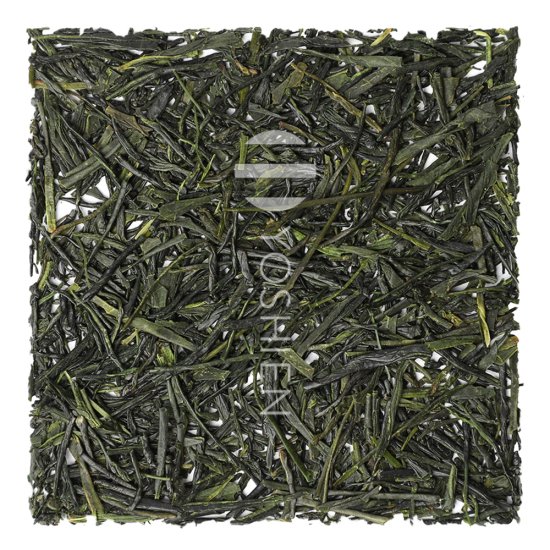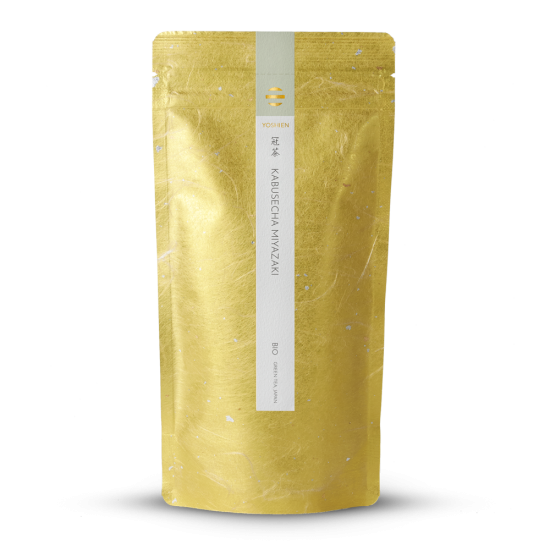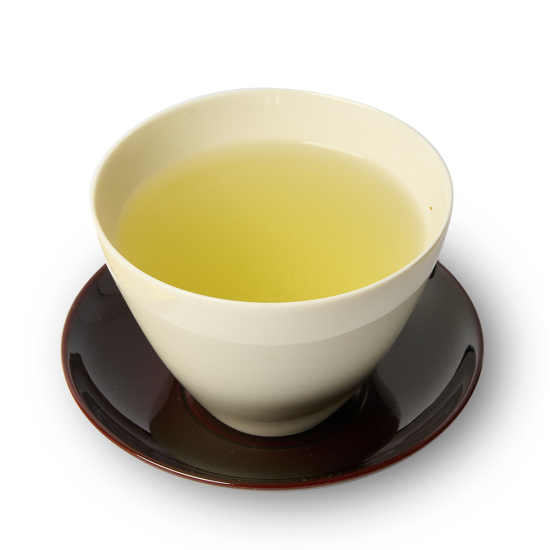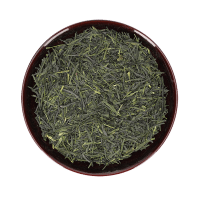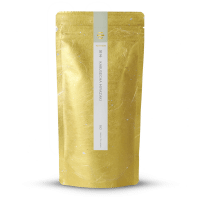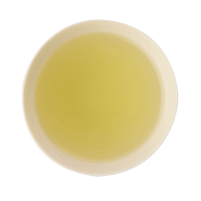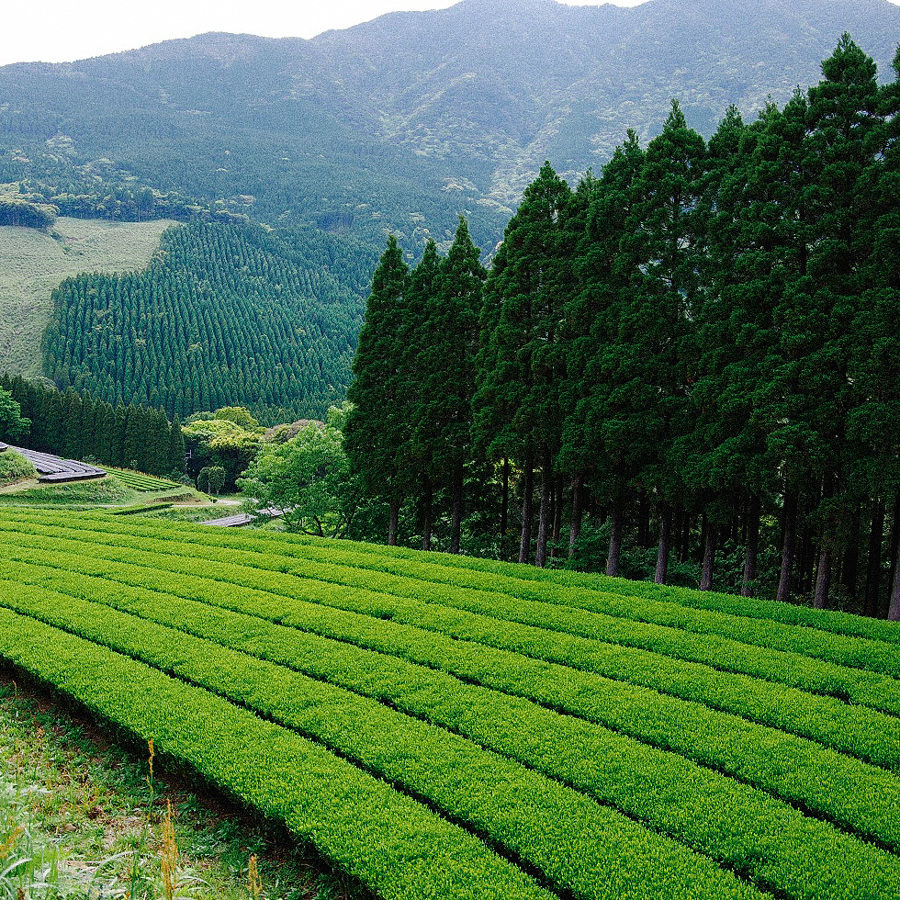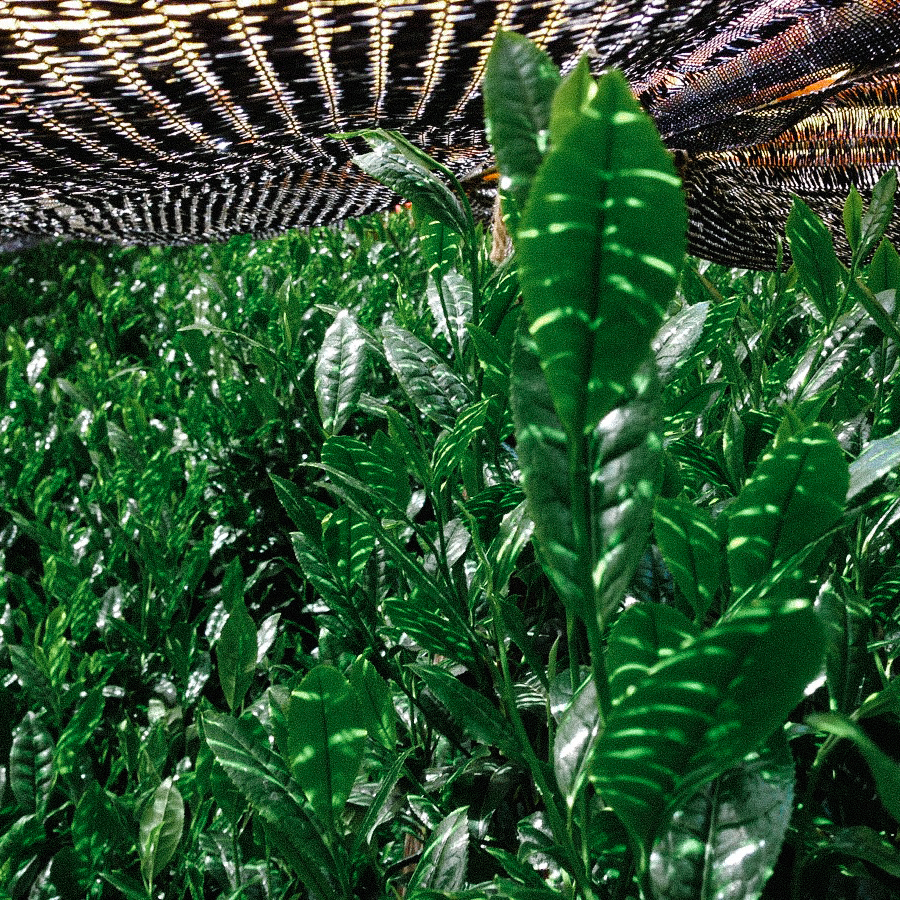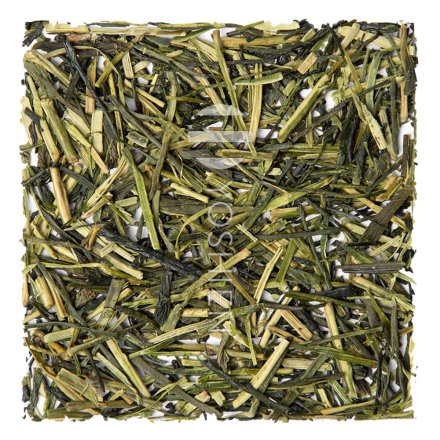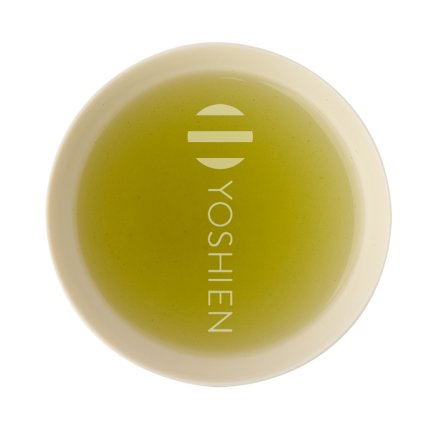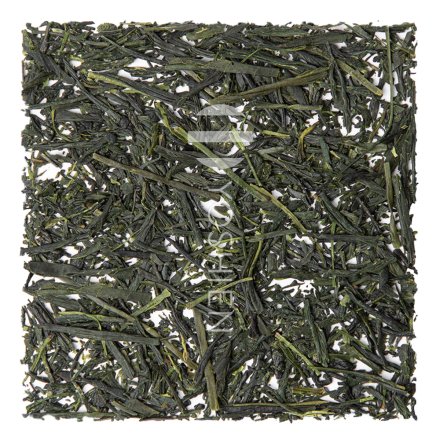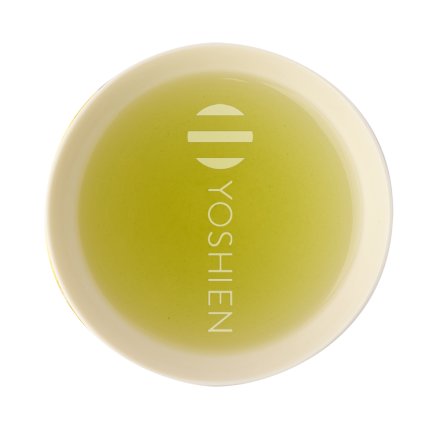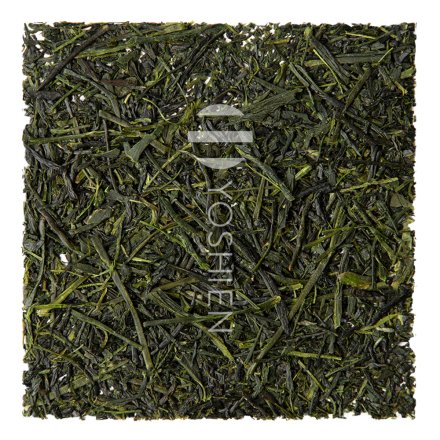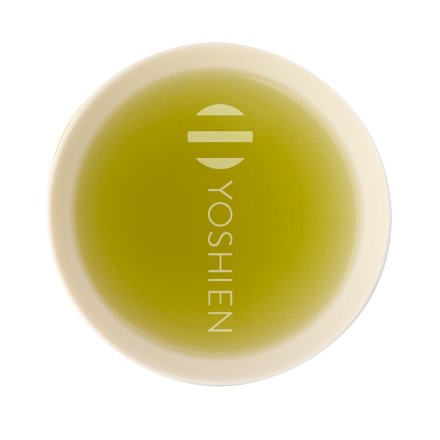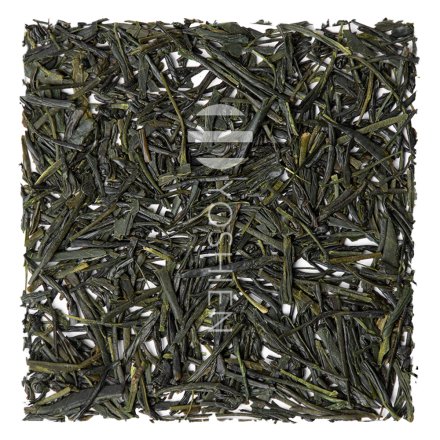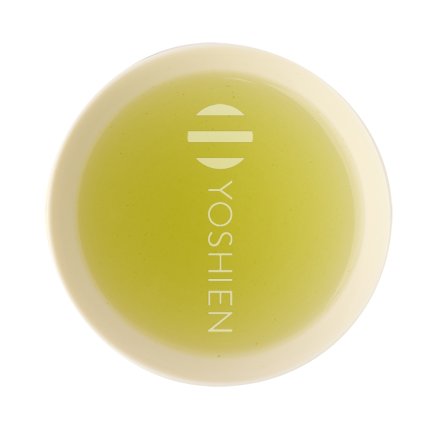Brewing Guide
3 heaped tsp per 100-300ml (60°C) water. Steep for 2 minutes. Suitable for several infusions.
Packaging
High quality, airtight, resealable standing zipper pouch with 9 protective layers to preserve flavour and protect against oxidation and contamination.
Recommended Teapot
The ideal teapot for this tea is a vintage Banko kyusu made from 100% violet banko clay. This clay, when transformed into a teapot and fired via a reduction firing process, brings out the nuanced flavour of the gyokuro that is shaped by its amino acids, chlorophyll, and other special compounds. Vintage kyusu from 1990 or earlier likely consist of 100% violet clay from the Banko region. Modern violet Banko kyusu with a fine ceramic strainer are, however, also suitable for making gyokuro.
Recommended Storage
The ideal tea caddy for this tea is one made from high-quality cherry wood (kabazaiku chazutsu; solid wood) or, alternatively, a more affordable airtight, double-coated tea caddy..



